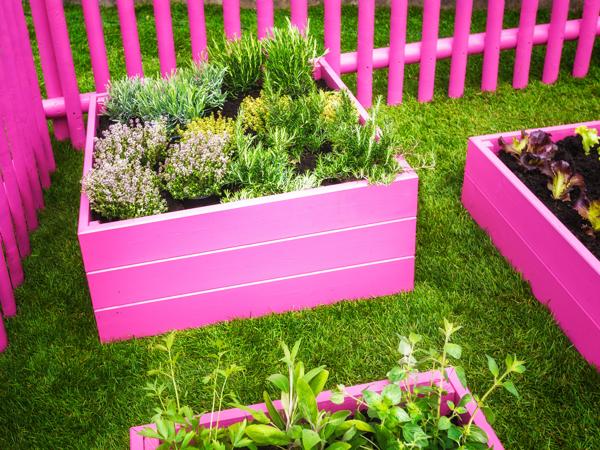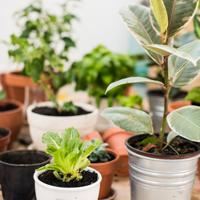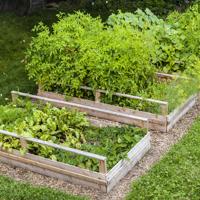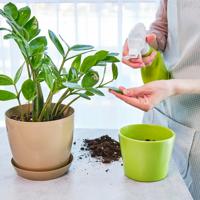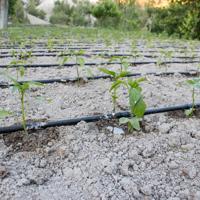Creating a sustainable garden that thrives even in times of water scarcity is both rewarding and responsible. Many of us face the challenge of maintaining lush green spaces while conserving water. Fortunately, there are a myriad of plants that naturally thrive in drier conditions. This article explores some of those drought-tolerant plants and why they might be a good fit for your garden.
Understanding Drought-Tolerance
Drought-tolerant plants have adapted to survive in dry conditions by developing certain characteristics. These may include deep root systems, reduced leaf size, or leaves that are glossy, waxy, or hairy to reduce water loss. Choosing these plants not only helps conserve water but also reduces the time and effort needed for garden maintenance.
Succulents
Succulents are well-known for their ability to store water in their fleshy leaves. They are often found in arid environments and are relatively easy to care for.
-
Sedum: With numerous varieties, sedum is a versatile choice. It’s available in many sizes and colors. Some can tolerate extreme heat, making them perfect for warm climates.
-
Agave: This plant makes a bold statement with its large rosettes of thick, pointed leaves. It’s hardy and requires minimal maintenance.
Perennials
If you’re looking for plants that come back year after year, perennials might be your go-to.
-
Lavender: Famous for its fragrant blooms, lavender prefers well-drained soil and plenty of sunlight. Once established, it requires minimal watering.
-
Echinacea (Coneflower): Known for its distinct purple flowers, echinacea is both beautiful and robust. It attracts pollinators and has medicinal properties.
Shrubs
Shrubs can add structure and form to your garden, even during dry spells.
-
Rosemary: Apart from being a popular culinary herb, rosemary is tough and drought-resistant. It thrives in sunny, well-drained locations.
-
Juniper: These evergreens are adaptable, needing less water once established. They offer year-round greenery with little care required.
Ornamental Grasses
Ornamental grasses can bring a naturalistic texture and movement to the garden.
-
Feather Reed Grass (Calamagrostis): Known for its tall, slender form, this grass is tolerant of various conditions, including drought.
-
Blue Oat Grass (Helictotrichon sempervirens): This grass offers bluish foliage and is ideal for dry landscapes.
Ground Covers
Ground covers can quickly fill gaps and conserve moisture by shading the soil.
-
Dymondia: Sometimes known as “silver carpet,” dymondia is low-growing with grey-green leaves and small yellow flowers. It’s perfect for dry locations.
-
Ice Plant (Delosperma): Known for its vibrant blooms, ice plant is low-maintenance and excellent for sunny rock gardens.
Additional Considerations
When selecting drought-tolerant plants, consider your climate and soil conditions. While these plants are generally hardy, they will perform best when their basic environmental needs are met.
Implementing mulch can further enhance water conservation, as it keeps the soil moist and reduces evaporation. In addition, grouping plants with similar watering needs can ensure more efficient water usage.
A Humble Approach
Gardening, much like any aspect of life, is about balance and observing what works best in your unique setting. It’s not just about picking the right plants but also about nurturing an ecosystem that can thrive with less water. Every garden journey is personal, and choosing drought-tolerant plants is a small step towards sustainability in our individual spaces.
References
For further reading and in-depth plant care tips, consider:
- “The Xeriscape Handbook: A How-to Guide to Natural, Resource-Wise Gardening” by Gayle Weinstein.
- USDA Plant Hardiness Zone Map: Helpful for understanding plant adaptability in your region.
Creating a drought-tolerant garden is indeed fulfilling. It’s an opportunity to conserve our precious water resources while still celebrating nature’s beauty and diversity.
